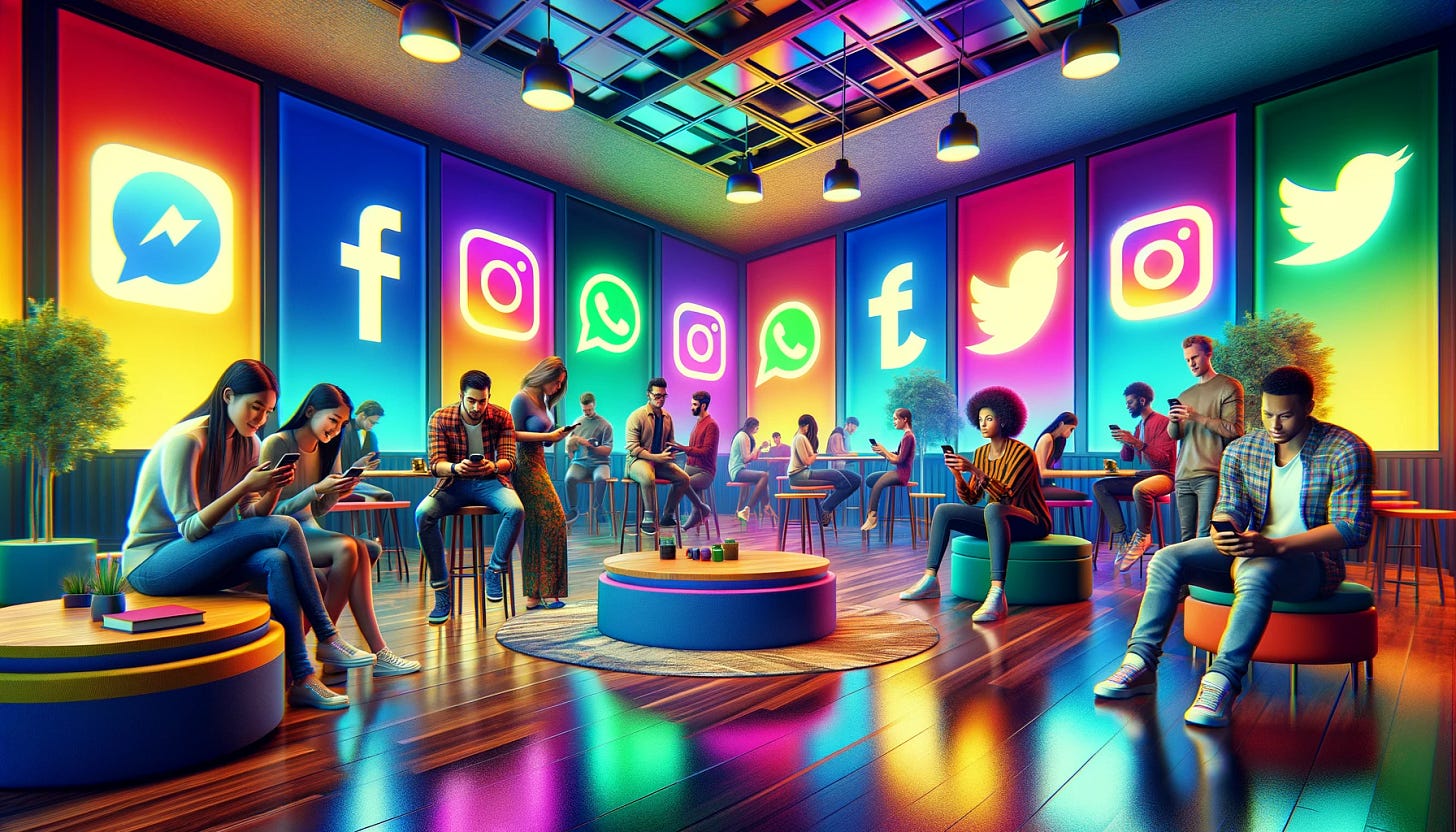Sfârșitul rețelelor de socializare, așa cum le știm noi
Aș vrea să zic că am fost profet în țara mea când ziceam că viitorul rețelelor de socializare e pe aplicațiile de mesagerie și grupurile private, dar adevărul e că se tot discută despre sfârșitul rețelelor de socializare, așa cum le știm noi, de ani buni.
Ultimul articol pe subiect e în The Economist (vă trebuie cont dar accesul e gratuit).
Pe scurt, oamenii nu mai socializează așa de mult pe social media, cel puțin nu pe feedul public. La început era frumos, vedeai postările de la prietenii tăi, ziarele puneau acolo știrile și aflai imediat ce se întâmplă prin țară și prin lume, reach-ul era 100%. Doar că…
În timp feedul s-a umplut tot mai mult de spam, fake news și conținut de duzină. Acționarii au ghidat rețelele de socializare spre profit, deci reach-ul organic s-a dus în cap. Ziarele care s-au bazat pe Facebook pentru trafic și-au luat-o nasol, au rămas și fără cititori și fără trafic. Reclamele au început să coste tot mai mult, iar eficiența lor să scadă.
Și am ajuns în 2024, unde brandurile serioase sunt blocate de un AI stupid din a rula campanii, dar tot felul de țepe sunt promovate online fără probleme. Nu mai ajung la noi știrile utile, dar vedem platformele cum ne bagă în feed tot felul de clipuri video trucate, conținut senzațional, deep fakes.
Oamenii normali nu mai postează ce fac pe Facebook ori Instagram, preferă să discute în privat, pe grupuri închise, deși și acolo există riscul radicalizării, al propagandei. Mă uitam la fetele noastre de exemplu, și la adolescenți în general, nu postează nimic public, dar discută intens pe mesagerie cu prietenii și colegii.
Unde vom merge, unde vom fi mai activi pe internet? Unde ne va fi bine, unde putem socializa cu oamenii la care ținem în timp real, fără a derula 50 de postări ca să vedem ceva util.
The striking feature of the new social media is that they are no longer very social. Inspired by TikTok, apps like Facebook increasingly serve a diet of clips selected by artificial intelligence according to a user’s viewing behaviour, not their social connections. Meanwhile, people are posting less. The share of Americans who say they enjoy documenting their life online has fallen from 40% to 28% since 2020. Debate is moving to closed platforms, such as WhatsApp and Telegram.
Posts on messaging apps are ordered chronologically, not by an engagement-maximising algorithm, reducing the incentive to sensationalise. In particular, closed groups may be better for the mental health of teenagers, who struggled when their private lives were dissected in public.
The weird magic of online social networks was to combine personal interactions with mass communication. Now this amalgam is splitting in two again. Status updates from friends have given way to videos from strangers that resemble a hyperactive tV. Public posting is increasingly migrating to closed groups, rather like email. What Mr Zuckerberg calls the digital “town square” is being rebuilt—and posing problems.
More urgent even than the rise of fake news is a lack of the real sort. Mr Zuckerberg once said he wanted Facebook to be like a personalised newspaper. But since the network’s pivot to entertainment, news makes up only 3% of what people see on it. Across social media only 19% of adults share news stories weekly, down from 26% in 2018. Publications like BuzzFeed News, which relied on social distribution, have perished. That is their lookout (and ours). But it is everyone’s problem when nearly half of young people say that, just as the platforms decide news is no longer interesting, social media are their main source of news.




